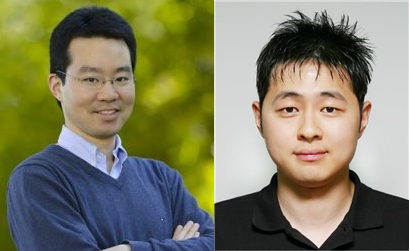
The school of Electrical Engineering’s professor Euijong Whang and Changho Suh’s research team has developed a new study method for training artificial intelligence (AI). The research was lead by Ph.D candidate Yuji Roh (PH Euijong Whang) along with professor Kangwook Lee from the Wisconsin Medison department of electrical engineering.
Machine learning provides many convenient and accurate systems for modern society, but there have been many issues about reliability recently. Therefore fairness, robustness, transparency, and explainability have also arisen as an important factor rather than sole accuracy.
The research team has proposed a new method called FR-Train where fairness and robustness can be enhanced within a single framework, which are both deeply related to training data. The FR-Train method is the first framework for fair and robust learning, which can provide an interpretation based on mutual information theory and be used for various applications.
The team announced that the method can be used for the foundation of a fair and robust AI system. Since the issue of reliability will become more and more important in the future, it is expected that many other related researches will be performed. The achievement was presented at ICML (International Conference for Machine Learning) 2020, the most recognized conference in machine learning.
Detailed information can be found in the link below.
Figure 1. FR-Train architecture with loan example
[Paper information and Links]
Title: FR-Train: A Mutual Information-Based Approach to Fair and Robust Training
Authors: Yuji Roh (KAIST EE), Kangwook Lee (Wisconsin-Madison Electrical & Computer Engineering), Steven Euijong Whang (KAIST EE), and Changho Suh (KAIST EE)
[Links]
https://proceedings.icml.cc/paper/2020/hash/52c5189391854c93e8a0e1326e56c14f-Abstract.html
https://icml.cc/virtual/2020/poster/6025
_신승원 교수 연구실_0.jpg)
Our department’s Ph.D Candidate Seung Ho Na from professor Seungwon Shin’s lab has achieved the grand award form the 4th Financial Security paper competition.
The 4th Financial Security paper competition and financial big-data idea competition awards ceremony was held last September 2nd at the Yeouido financial security education center.
A total of 38 papers were accepted and 7 of them were selected for their excellence.
The grand award (Head of Financial Council Award) was given to Ph.D Candidate Seung Ho Na’s team with the paper titled as “Research on United Learning Techniques for Guaranteeing Privacy” which proposes an AI based security scheme.
Ph.D candidate Hyeonggwon Hong’s team from the AI Graduate school professor Junmo Kim’s lab also participated in the paper competition, and due to COVID-19 Ph.D Candidate Seung Ho Na attended the awarding ceremony as the student representative.
A total of 7 million KW was rewarded to Ph.D Candidate Seung Ho Na’s team.
We once again congratulate Ph.D Candidate Seung Ho Na for the achievement on founding a new perspective on financial security.
_4.png)
Ph.D candidate Hyunho Yeo from Professor Dongsu Han’s Lab has developed a video super-resolution technology based on deep learning on commercial mobile devices.
The research team remarkably improved the processing speed and drastically reduced the power consumption by utilizing the video dependency. Unlike the conventional technology that applied super-resolution for every single frame of a video, in this study, super-resolution is applied only to a small portion of frames and the results are recycled in the rest of the frame. The quality improvement of images per unit computing resource was maximized by carefully selecting frames to apply super-resolution, and the process of recycling super-resolution results was implemented o operate in real time by utilizing the video dependency information loaded in the compressed video.
The research team reported that the use of this technology can significantly improve the satisfaction of mobile users for video streaming. The technology is expected to be used in various fields related to video transmission/storage. Meanwhile, the results of this research were also announced at ACM Mobicom (Annual International Conference on Mobile Computing and Networking), one of the best conference in the field of mobile.
Detailed research information can be found at the link below.
Congratulations on Professor Dongsu Han’s remarkable achievement!
[Link]
Project website: http://ina.kaist.ac.kr/~nemo
Paper: https://dl.acm.org/doi/10.1145/3372224.3419185
Conference presentation video:
https://www.youtube.com/watch?v=GPHlAUYCk18&ab_channel=ACMSIGMOBILEONLINE




Ph.D Candidate Jaehong Kim from professor Dongsu Han’s research team has developed a high-quality live video streaming system based on online learning.
The research team improved the quality of live video collected in real time from streamers through deep-learning-based super-resolution technology using the computing resources of the media server. Furthermore, they have overcome the limitations of previous works, performance limit that occurs when applying a previously trained neural network model to a new live video, by incorporating the online learning. In this system, a streamer transmits a patch, a part of a high-definition live video frame, to the media server through a separate transmission bandwidth with the live video. Then, the server optimizes the performance of the neural network model for the live video collected in real time, using the collected patches.
The research team reported that using this technology reduces the dependence on the streaming environment of the streamer and the performance constraints of the terminal in providing live streaming services. The technology also can provide live videos of various resolutions to the viewers of the distribution side. This technology improved user QoE of live video streaming system by 12-69% compared to the previous works.
Meanwhile, the results of this research were accepted and announced by ACM SIGCOMM, the best academic conference in the field of computer networking.
Detailed research information can be found at the link below.
Congratulations on Professor Dongsu Han’s remarkable achievement!
Link]
Project website: http://ina.kaist.ac.kr/~livenas/
Paper Title: Neural-Enhanced Live Streaming: Improving Live Video Ingest via Online Learning
Paper link: https://dl.acm.org/doi/abs/10.1145/3387514.3405856
Conference presentation video: https://youtu.be/1giVlO6Rumg

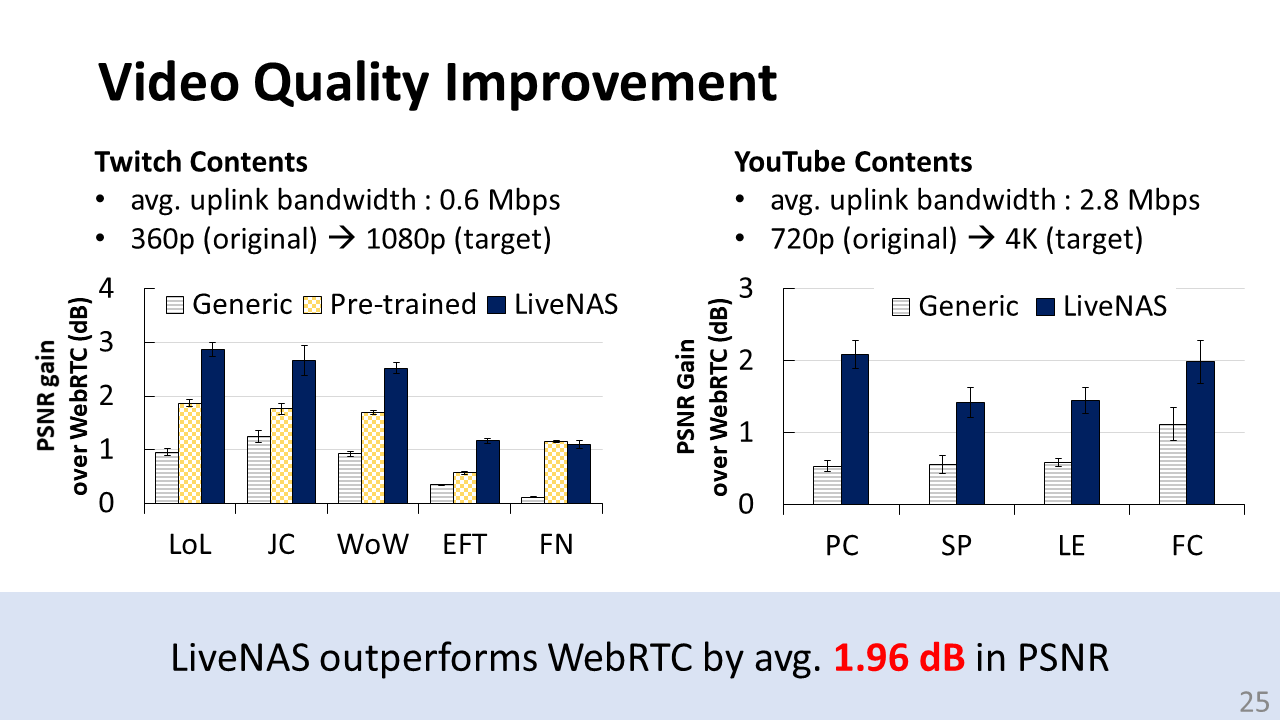

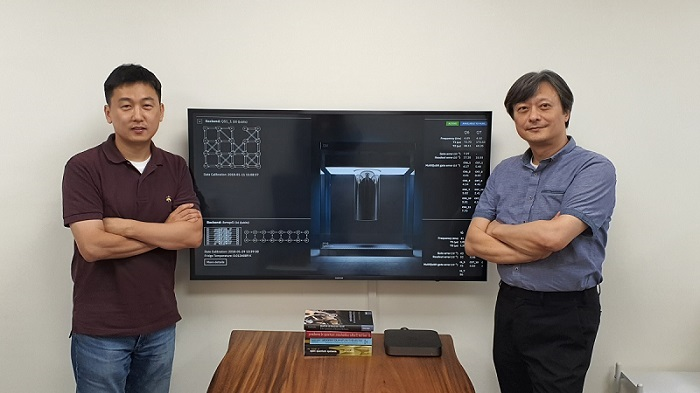
Our university’s AI quantum computing IT research centers has announced last September 29th that it will be joining the IBM Q-network for developing quantum computing used in business and science. The IBM Q-network is a multi corporation, start-up, and research institute collaboration working with IBM.
As the first domestic academic member of the IBM Q-network, our university will use the highly advanced IBM’s quantum computing system to conduct research products for the development of quantum information science and early stage application usage. The vast IBM quantum resources will be also used for training professional quantum information related experts for the upcoming quantum computing era. Our university will take the lead for developing the quantum computing infrastructure, which is one the key technologies for the 4th industrial revolution.
Professor June-Koo Rhee, the head of the AI quantum computing IT research center, explains the quantum computing is a new technology that can solve difficult mathematic problems in a short time with low power and can reshape the future. He also mentioned that although our country is behind in quantum computing technologies, KAIST’s IBM Q-network will become an important resource for developing national competitiveness.
Our university’s A quantum computing IT research center have been using the IBM cloud open source IBM quantum experience for quantum AI, quantum chemistry calculation, quantum algorithm research and quantum computing education. Our university will be able to use IBM’s high end quantum computer for quantum AI based disease diagnosis, quantum chemical computer science, quantum machine learning, and other quantum related research and experiments. Also we will be able to communicate with other universities and corporations participating in the IBM Q-network.
About IBM Quantum
The IBM Quantum is an initiative for founding quantum systems for business and science applications. More can be found on http://www.ibm.com/ibmq. More information about the IBM Q-network with all partners, members, and hubs are listed in https://www.research.ibm.com/ibm-q/network/.
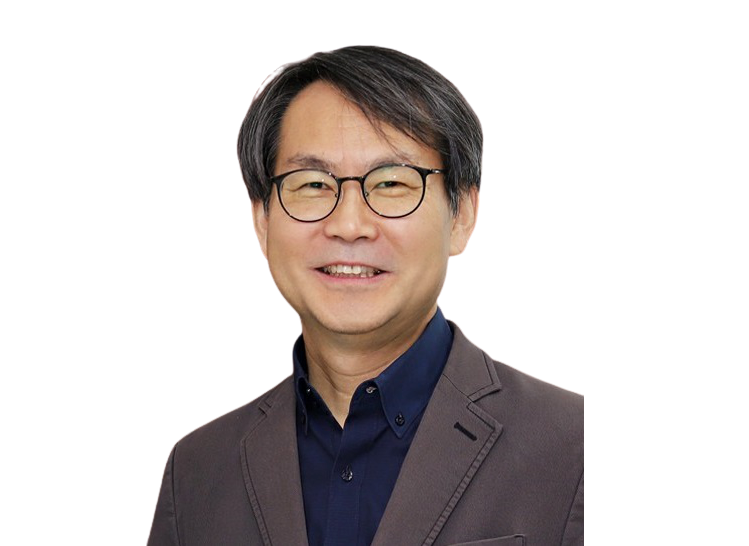
Ph.D. Yong-Min Jeon (graduated in Aug 2020) and Ph.D. candidate Yong-Jin Park (Advised by Kyung-Cheol Choi) received awards at the SID 2020 (Society for Information Display 2020) and IMID 2020 (International Meeting on Information Display 2020) held in August.
Ph.D. Yong-Min Jeon, who graduated in August this year, won the “Distinguished Student Paper Award” at SID 2020, and Ph.D. student Yong-Jin Park won the “Outstanding Poster Award” at IMID 2020.
SID, the world’s best display conference, provides over 575 papers (over 800 papers submitted). Among them, six excellent student papers were selected as winners and Ph.D. Yong-Min Jeon was proudly awarded. Furthermore, the related paper has been selected as cover papers of the Journal of SID, which is more meaningful.
IMID is the second largest conference in the field of display, and 526 papers have been published. Ph.D. student Yong-Jin Park was proudly awarded the “Outstanding Poster Award”.
Both studies were conducted in collaboration with Bundang Seoul National University Hospital. Congratulations on the award.
- Conference: SID 2020 (Society for Information Display 2020 International Symposium-Display Week 2020)
Date: 2020.08.03-2020.08.07
Winners and Award Information:
– Winner: Ph.D. Yong-Min Jeon
– Award: Distinguished Student Paper Award
– Paper: Flexible organic light‐emitting‐diode‐based photonic skin for attachable phototherapeutics
– Authors: Yong-Min Jeon, Kyung-Cheol Choi (KAIST) / Hye-Ryung Choi, Kyoung-Chan Park(SNUBH)
– Link to paper: https://onlinelibrary.wiley.com/doi/full/10.1002/jsid.882
- Conference: IMID 2020 (The 20th International Conference on Information Display)
Date: 2020.08.25-2020.08.28
Winners and Award Information:
– Winner: Ph.D. student Yong-Jin Park
– Award: Outstanding Poster Award
– Paper: Micro-cavity Tandem NIR OLED for Bio/Medical Applications
– Authors: Yong-Jin Park, Yong-Min Jeon, Kyung-Cheol Choi (KAIST) / Hye-Ryung Choi, Kyoung-Chan Park(SNUBH)
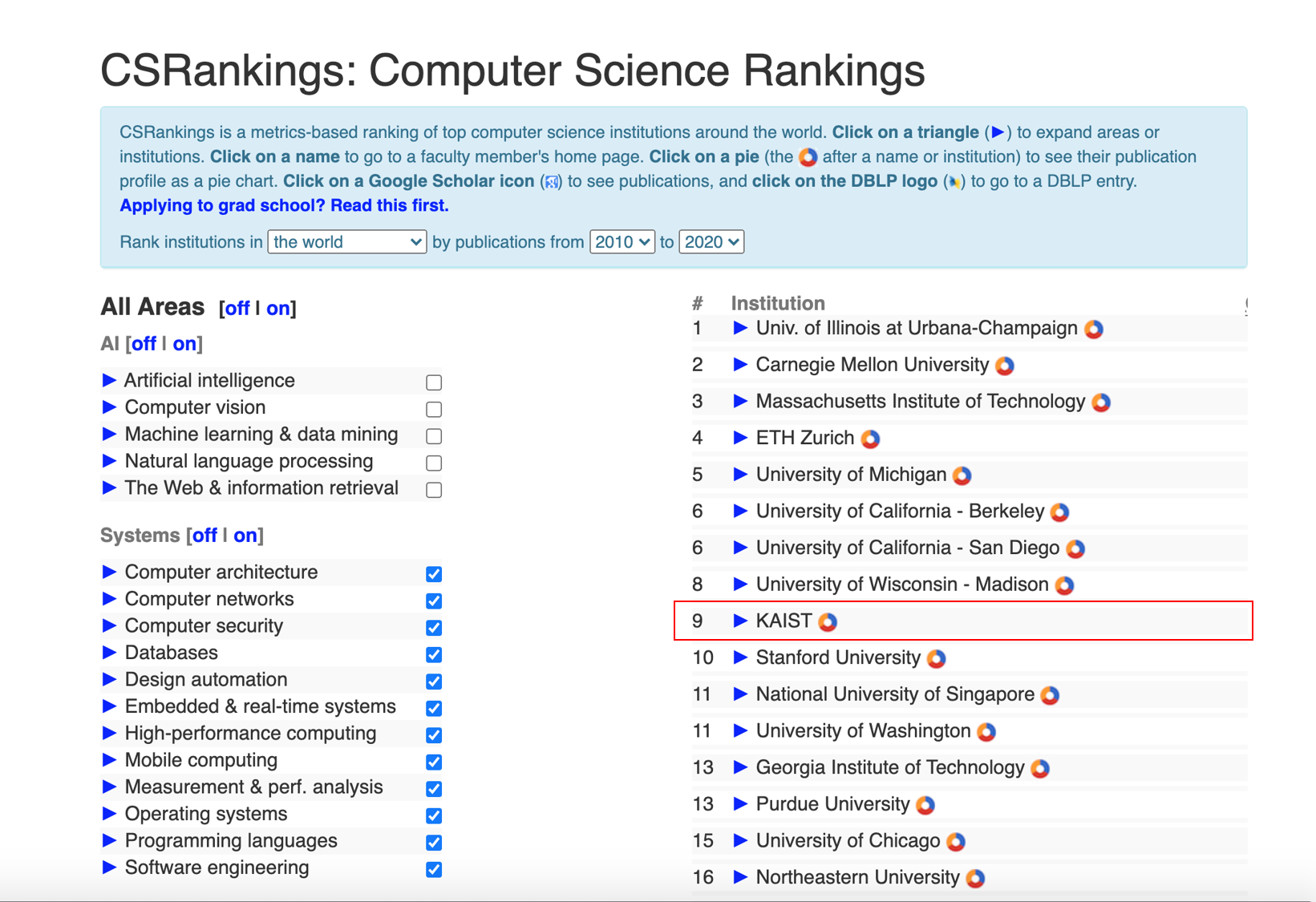
KAIST has ranked 9th place in CS rankings in the field of computer systems.
The title has been achieved by the work of all departments’ professors over the past 10 years.
Many of our department’s computer division professors’ works have been included and has greatly contributed to the achievement.
csrankings.org is a site that evaluates each school’s computer science competitivity based on top conference researches. According to the present rankings, KAIST has ranked 9th right behind UIUC, Carnegie Mellon, MIT, UC Berkeley among other schools such as Stanford(10th), University of Washington (12th), and Georgia Tech(13th). csrankings.org has also been introduced in Communications of the ACM. ( https://cacm.acm.org/magazines/2019/7/237709-goto-rankings-considered-helpful/fulltext) The results are based on the field of computer systems, which has the most subfield among the 4 main fields of computer science (AI, systems, theory, interdisciplinary).
The rankings were based on the top 2-3 conference researches from each field (architecture, network, security, database, mobile computing, OS) for the past 10 years. One again we congratulate KAIST and our professors.
More information can be viewed in the link below.
http://csrankings.org/#/index?arch&comm&sec&mod&hpc&mobile&metrics&ops&plan&soft&da&bed&world
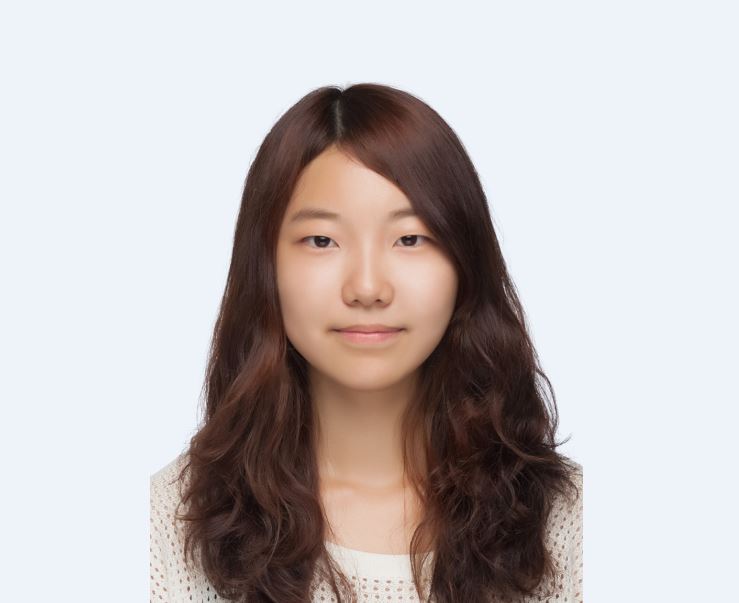
Ph.D. student Soo-Ye Kim, advised by Professor Munchurl Kim in our faculty, has been selected as a Google Student Researcher.
Ph.D. student Soo-Ye Kim is currently working as a Google Research Intern, conducting research internships related to “image inpainting” with Google Research (Mountain View, CA) Perception team for 15 weeks from June 1st. After that, she will continue the collaborative research with Google as a Student Researcher.
The Google Student Researcher Program is a program that supports excellent research interns at Google. Soo-Ye Kim was selected as the first Google Student Researcher in the Asia Pacific (APAC) region in recognition of her outstanding research activities during her internship.
Once again, congratulations to Soo-Ye Kim, who has improved the status of KAIST by being selected as the first Google Student Researcher in the APAC region and also for Professor Munchurl Kim for advising an excellent student.
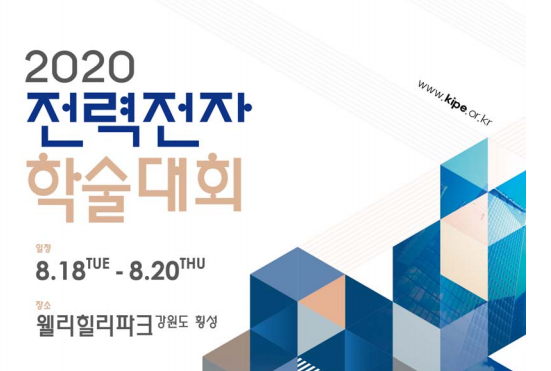
Our department’s Ph.D candidates Dong-Min Kim and Seung-Hyun Choi from professor Gunwoo Moon’s laboratory has been each rewarded the best paper award and solar cell paper award at the Conference of Power Electronics 2020.
We once again congratulate the awards which were granted at the conference taken from August 18-20th at Hoengseong Wellihilli Park.
| Conference name |
Conference of Power Electronics 2020 |
| Date |
2020.08.18 – 2020.08.20 |
| Location |
Hoengseong Wellihilli Park |
| Awardees |
Ph.D candidate Dong-Min Kim(PI : Prof. Gun-woo Moon) |
Ph.D candidate Seung-Hyun Choi (PI : Prof. Gun-woo Moon) |
| Awards |
Best Paper Award |
Solar Cell Paper Award |
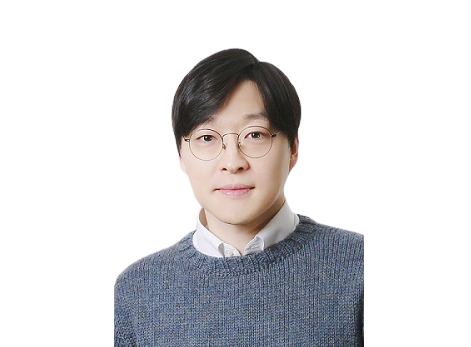
Our department’s professor Jaehyouk Choi has been awarded by the IEEE (Chariman Toshio Fukuda)- IEIE(Chairman Professor Hyesook Lim, Ewha Woman’s University) and Hoam Science Culture Foundation (Chief of Board Youngjae Kim) as ‘Young IT Engineer’ of 2020 on August 20th.
The certification ceremony was held on August 20th at the Jeju Lotte Hotel.
The ‘Young IT Engineer’ award is an international award presented by the IEEE and IEIE since 2006, making it the 15th award this year. Selected by domestic and international experts, it is awarded to scientists and researchers under the age of 40 that have attributed to the IT industry and academy.
Professor Jaehyouk Choi has been awarded for his contribution to high performance semiconductor circuit development designed for 5G communication and ultra-fast communication. Professor Jaehyouk Choi has published 64 papers in international SCI journals and conferences along with 25 domestic and international patents. He also has developed ‘ultra-low noise high frequency signal generation’ technology which is critical for wireless/non-wireless communications and memory systems.
Professor Jaehyouk Choi is currently a technical program committee of ISSCC (International Solid-State Circuits), the most distinguished conference for semiconductor circuits, and ESSCIRC (European Solid-State Circuit Conference) and has also been selected as a ‘Distinguished Lecturer’ by the SSCS (IEEE Solid-State Circuit Society) this year.
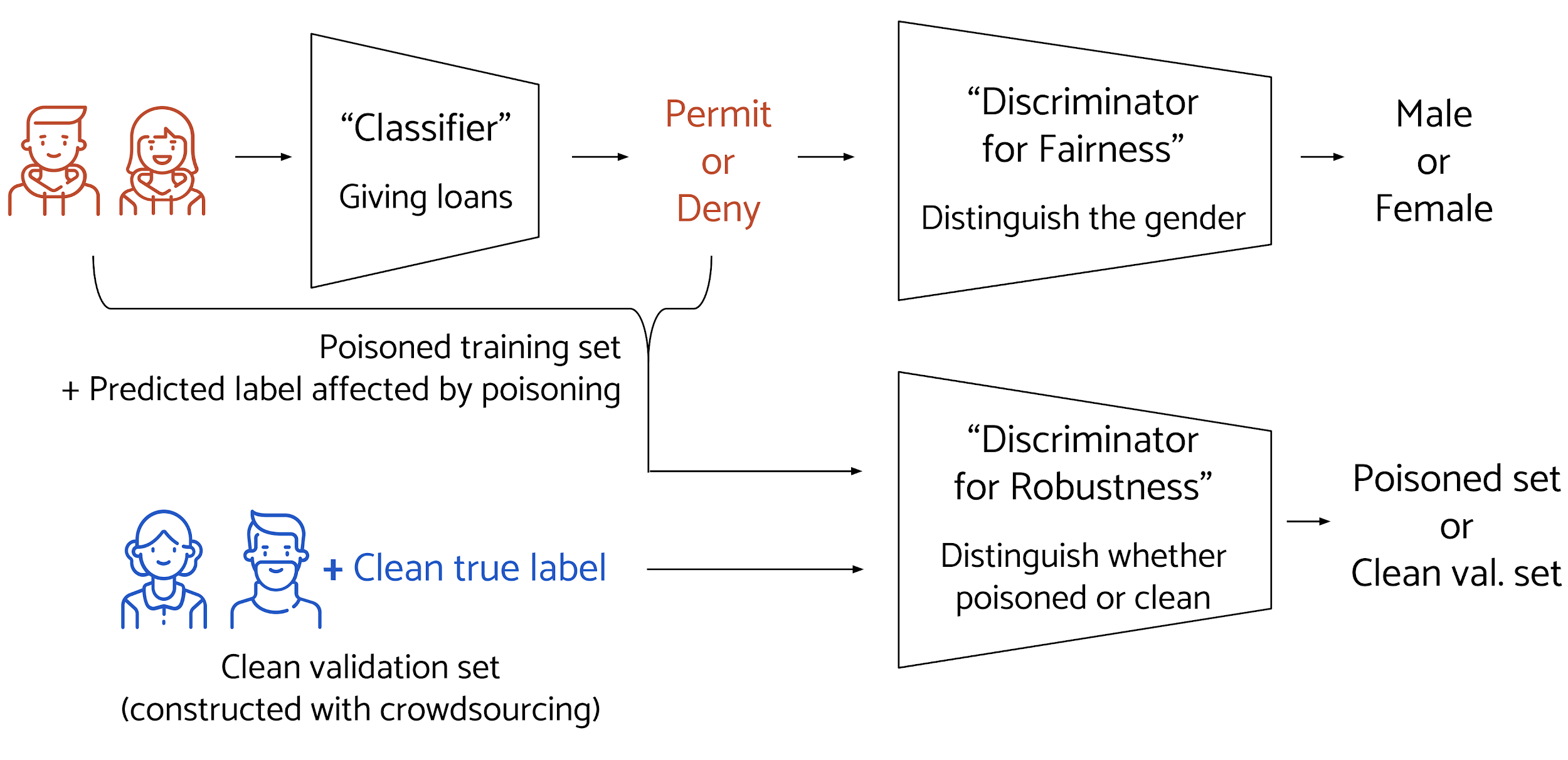

_신승원 교수 연구실_0.jpg)
_4.png)












